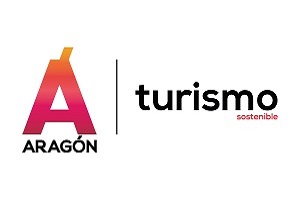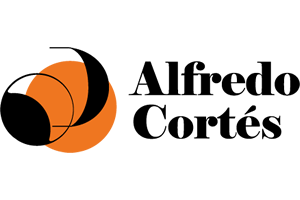Huesca is your hometown and far from going abroad you open your company there. What opportunities did you see?
We started in Huesca because normally you start your activity in the place where you are from. Our sector is totally digital and when it comes to delivering files now with new technologies there are no barriers. Being in a small city has its good things because what you do is immediately seen, it attracts attention, you appear in the media… but it also has bad things like limitations.
What limitations?
We have made our photogrammetry studio mobile precisely because that need has arisen, we have to go to the shootings ourselves, we moved our studio for example to Berlin, where we have been twice working for Netflix, we have many projects outside Spain. You can work perfectly well from Huesca, but you have to adapt that work so that the client does not have to move, although footballers, actors, models… have come here, but due to our agenda it is easier for us to move ourselves.
What does the photogrammetry studio consist of?
There are 150 cameras synchronized to take one shot at a time of a person, object, animal… It is shot and then all the information is processed and the digital retouching is done with a specific software. It is a high definition model that is used in digital effects postproduction. Now that it is being shot in digital, it allows the insertion of 3D objects, 3D actors to interact with the new shooting modalities that are called virtual production. What we’ve been doing with Netflix in Germany, which will be released shortly, has been to make all the actors and objects in this way to include them in different scenes.
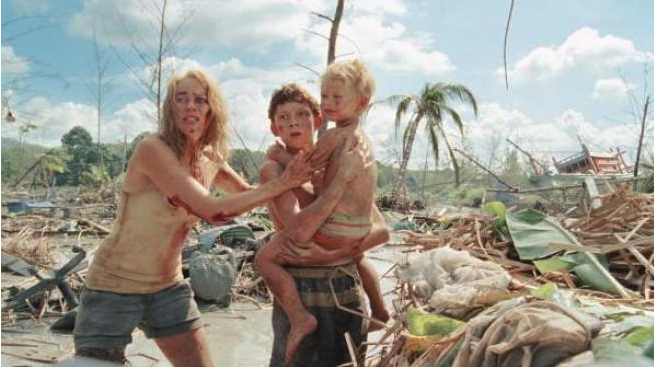
Can you make the project a reality or is it still a secret?
Not yet… we have confidentiality contracts and until the series or film is released we can’t say. We have worked on one for HBO Spain and now one called Feria has been released, where we have done the modeling to build the set design.
This is the other part of your business.
Exactly. We at Shu Digital do very high quality 3D which is one way for the special effects department and another way to build it. With the other family company, Tecmolde, we manufacture and make the big scenographies for cinema and series. These set designs, which are made on mechanized robots, always start from a 3D model. We do it either with a scanner or with digital modeling, which is like digitally sculpting in clay. It is manufactured, treated in the workshop with the sculptors and painted. We take care of the whole process: from creation from the 3D file to fabrication. Normally we are called by the art department of the series for the manufacture of sets, they give you their ideas, sketches… and you have to raise it in 3D.
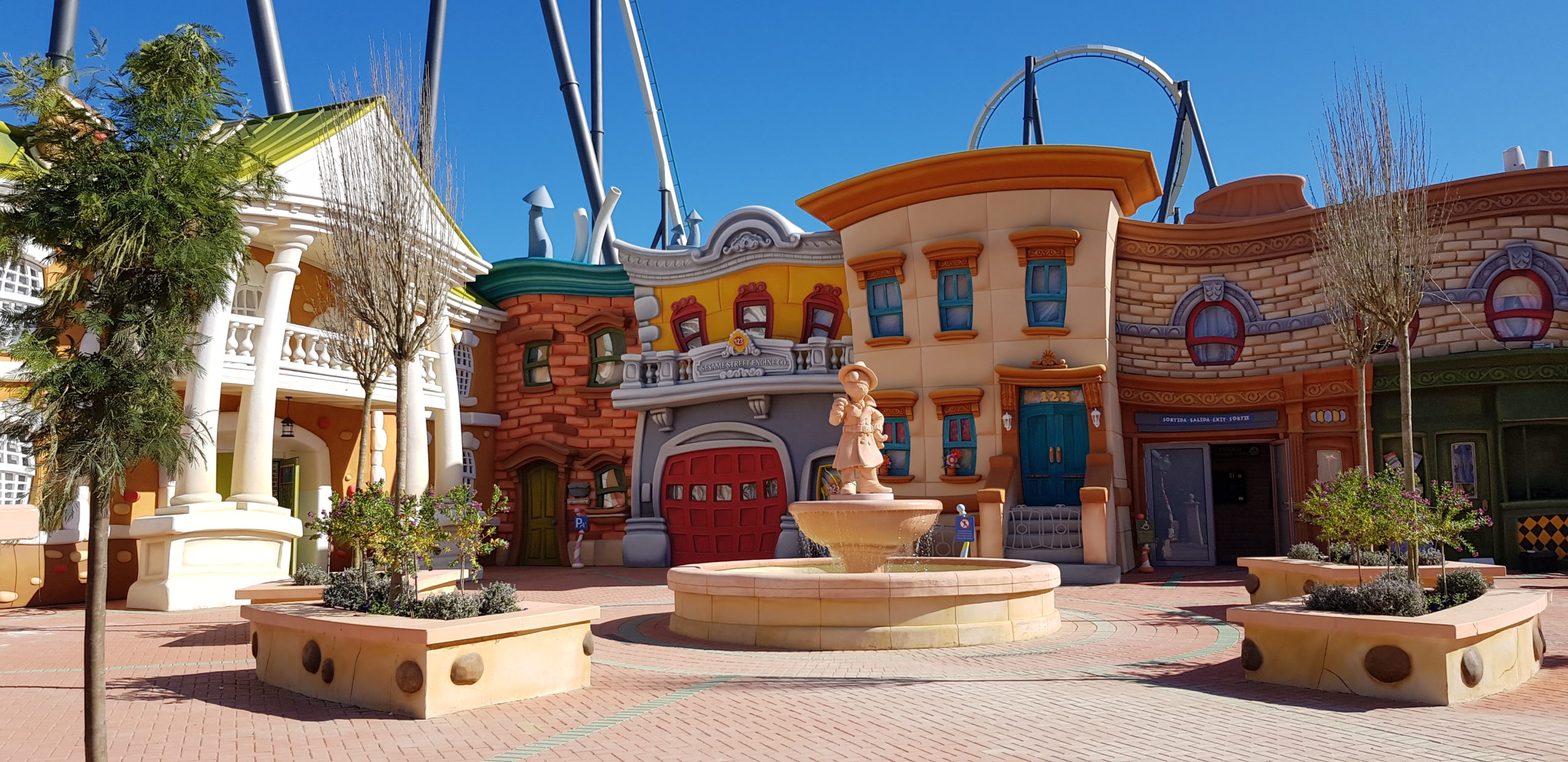
With 3D modeling you have also made structures for theme parks. Which projects would you highlight?
We have worked to make the scenographies in Portaventura for Ferrari Land, Sesame Street, Shambala… practically all the expansions since 2012. In series, as I said, we have designed scenery for the Fair, which has been a very good job, making caves, with a very organic modeling. We are working on a very powerful American series that will come out in a few months and, as you know, we did set designs for Game of Thrones, with seven giant skulls, it was a huge set design. For a campaign with actress Milena Smith for the brand Desigual by María Escoté we went to Barcelona to do the 3D work.
Is it important that projects like this leave Huesca and reach the whole world?
Of course it is. We are in Loporzano and this town is known for our work there. You don’t need to be in Madrid or Barcelona with all the means we have today. In fact, people come to see us in Loporzano and very important people from different sectors have come, such as art directors like the people from Ridley Scoot’s department, soccer players like Sergio Ramos or Mikel Rico from Huesca who have helped us to get involved in the soccer projects.
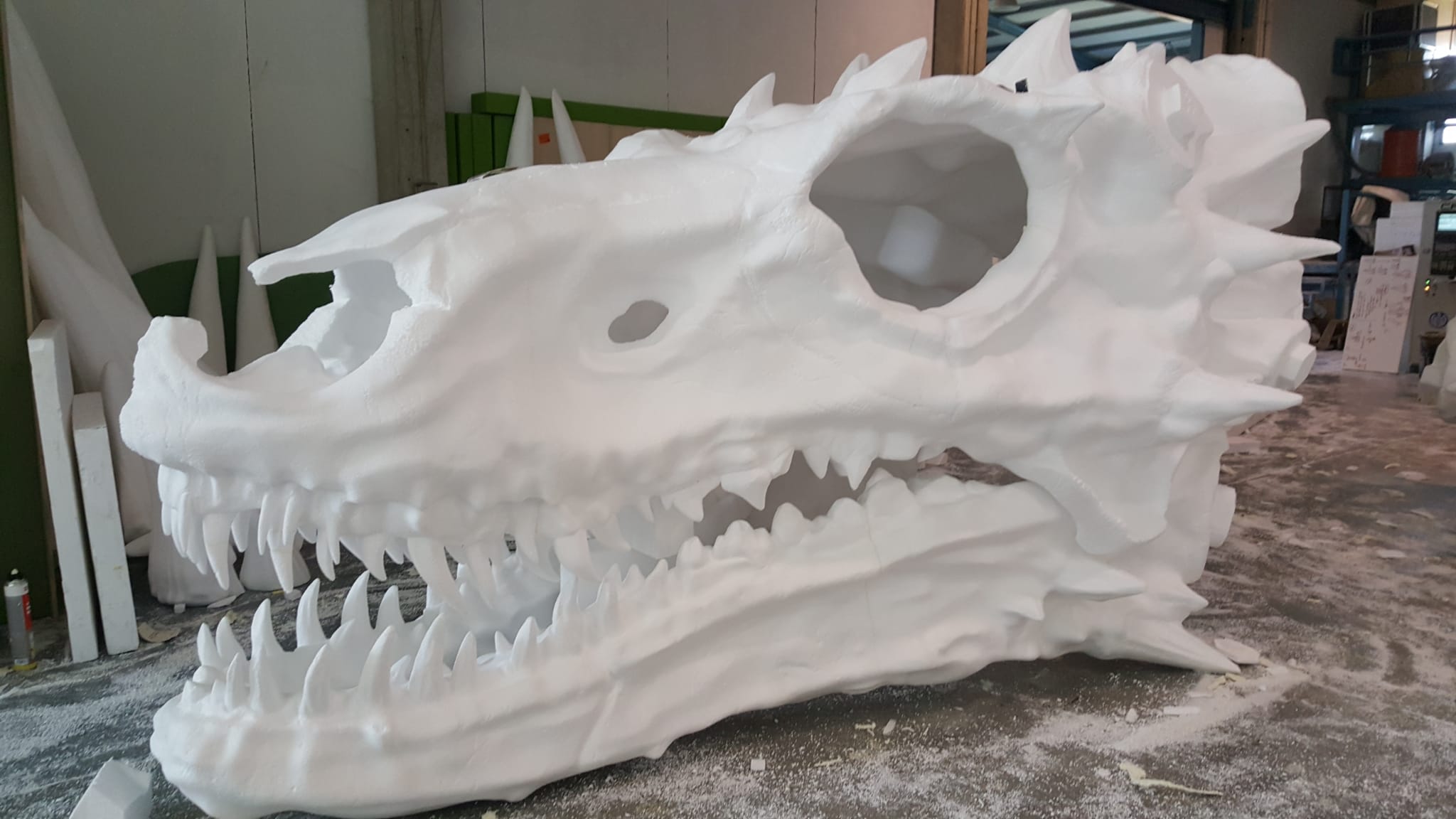 You studied audiovisual communication and information sciences, why did you specialize in photogrammetry and decide to open ShuDigital?
You studied audiovisual communication and information sciences, why did you specialize in photogrammetry and decide to open ShuDigital?
I have always been trained in Tecmolde, since it is the family business. We had a part of 3D models that at the beginning we created with scanners. Opportunities began to arise, but we realized that we only used the scanners for the project that required it and we saw that we could give them more output 8 years ago. So we started ShuDigital and decided to have a studio that was always going to supply Tecmolde, which was our main customer before. Now we have opened up to more fields, more companies and with support in new technologies in which we are investing a lot.
How important is R&D&I in your company?
Very important, we have made a gross investment and R&D is basic in Shu Digital. The first investment to get all the equipment with Canon Europe was very big, but when you use this study you realize that you have to keep changing things, and we have had to make investments to improve. In fact, one of the novelties is that we will soon be launching a studio with 150 real mobile cameras. That is, now we were moving around assembling and disassembling the studio, but now we are going to put it in a truck so we don’t have to assemble and disassemble it, it will be integrated in a real mobile unit with which we will cover more jobs, it will be faster… In the end you have to make new developments to be there, be more productive, cover more projects and open the market more.
Why did you return from Walqa to Loporzano during the pandemic?
Covid has done a lot of damage, now we have recovered but we decided that the best thing to do was to return to Loporzano. In Walqa we had subsidies for being a technology park, but here we have them for being in a rural area, since it has less than 100 inhabitants. Despite being in Loporzano, as I said, people come here delighted, and they enjoy the landscape, the Sierra de Guara, the bread of Loporzano… What people who come from Madrid or London usually tell us is that they are not surprised that we want to be here.
Do you take the opportunity to show them the territory?
Yes, and we always go to Huesca, we know that we are always in Huesca.
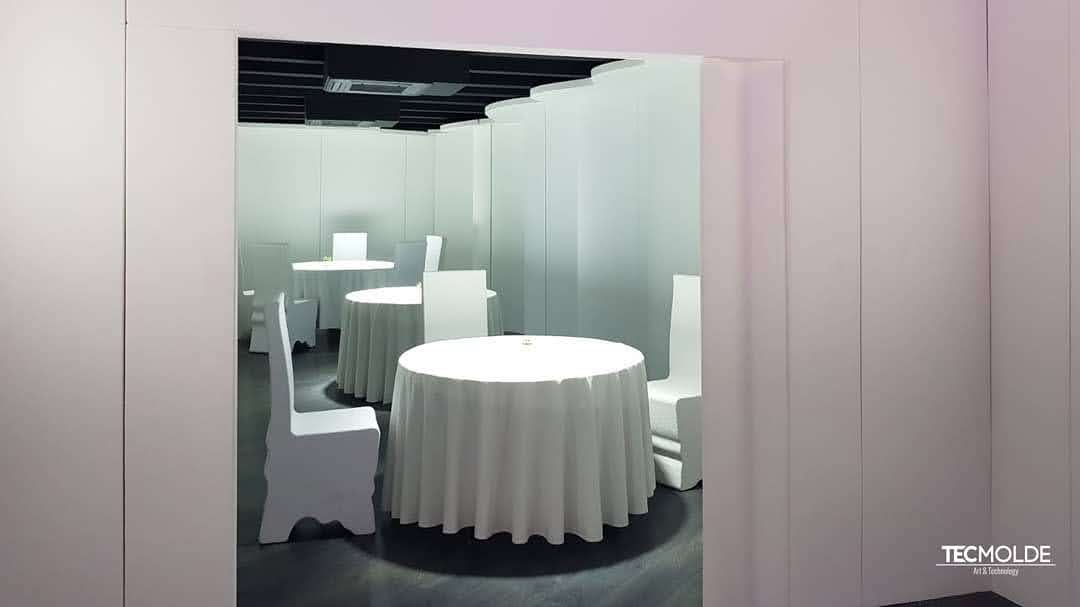
What plans do you recommend to do in Huesca?
The first thing is to buy bread from Loporzano (laughs), people really take them. In Huesca, visit the Cathedral, which is very beautiful, the Sala Saura in the Diputación de Huesca (DPH) and for lunch I remember that we have taken many people to Venta del Sotón, to Espacio N in Esquedas. There we have done the design and scenography ourselves and that’s why we like to take people there. In catering we have also done scenography in Cook Fiction and internationally we have worked with the Amazonico restaurant in London.
With Shu Digital you have an important work in the dissemination of art and heritage. You have made the reproduction of the Sigena sarcophagi for the exhibition of royal pantheons, among others. What is the value of your work for this type of dissemination?
Yes, for example, with Lorenzo Quinn we made some hands in Venice that came out of the water and more and more artists want to digitize the works. For heritage the same, although when I started in this I went to museums and offered my work for free. I was told no in many places, at first they were very reluctant to digitize, and I’m talking about only five years ago. The word digitization is now on everyone’s lips and the museums that said no, which were all outside Aragon, then called me.
You also reconstructed the faces of Ramiro el Monge and Doña Sancha. How was this work?
With state-of-the-art technology, with the forensic points digitally extracted… it was a very cool job. It is a job that is more difficult to explain than to see, but when you come to see the workshop and the studio you understand it. Now people want to digitize everything, and with the metaverse, I don’t even mention it.
What do you contribute to the metaverse?
We have done things because what we do works for the metaverse, is to digitize. Now it’s called that, but it’s something we’ve always done. We do digital scenery, digital characters… but specifically for the metaverse we have done work for H&M.
But in this way the consumption of these products is democratized. Everyone will want their digital avatar.
Surely, yes, that’s the way it is. I would like to learn more about the metaverse, NFTs and testing.
Now that we are talking about the metaverse and the dehumanization it can bring, what is the value of the human team in a technology company?
I always say that technology must go hand in hand with the human team. In our case we have state-of-the-art technology to make, for example, a huge set, but it can be done because there is a human team behind it: someone has to be behind it assembling, sanding, carving, painting… in our case it is like that. Globally, there has been a lot of process substitution but there will always be someone human working behind.
Could your technology be used to make houses or buildings?
Yes, we have done projects that have remained in limbo. With Tecmolde we did a project for a prefabricated house for Qatar. In the end it didn’t come out, but we have a long-distance laser scanner with a range of 150 meters with which you can scan facades. You can use various technologies for this, such as modeling it from the laser.
Do you have any projects for social purposes?
We have done a lot. During the pandemic, a doctor from San Jorge de Huesca asked us for help to make health screens. We made a very simple development to manufacture them, and altruistically, we made half a million screens that were distributed throughout Spain. A network of volunteers was created who came to work in companies like ours, through the Concausa Association of Huesca. We have worked a lot with Atades Huesca and with Aspace Huesca we made specific chairs with plaster molds, we did it with a scanner and then we modeled them and tuned them to the kids with what they wanted.
You are part of Mujeres Tech, what do you think is the problem that women do not opt for stem professions?
When they call me I try to go do things, they called me for the Mujeres Tech in 2017 at Etopia and I gave a talk about my work. From there I have been called for events of this type, it is super interesting because there are women with some positions and who do some things they do that are incredible.
Have you had to prove your worth in this sector just because you are a woman and young?
On more than one occasion. I have been lucky, but there are fools and clumsy people everywhere. It has happened to me on occasion that they didn’t take me seriously, I don’t know if it was because I was a woman or young. You have to show more of your work and when they see that you do it well, they don’t say anything either, they keep quiet and that’s it.
There is no recognition…
No, those times there has been no recognition. In the film industry, as I’ve already made a name for myself, it doesn’t happen to me anymore. There were only a few times, but it’s very sad.
For reasons like this, girls or younger girls are not encouraged to enter this type of profession?
I guess it has to do and because it has always been said that some careers are for men and others for women. Precisely from organizations like Mujeres Tech we are fighting against this and there is still a long way to go but they are working on it.
We are seeing more and more that the future of science and technology is feminine.
I think so. Personally, I am receiving more and more resumes from women than from men, and all of them with more technological or science backgrounds. I am glad when I see that.
What remains to be done to make this a reality?
To show referents, to give more visibility to the subject of women and companies. I think it is already happening, it is a matter of time. For example, in my case, I get more calls to contribute my grain of sand as a reference, or people write to me from the university for their jobs.








